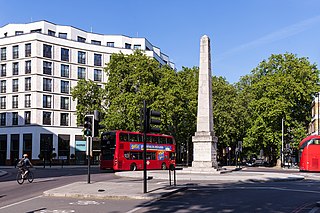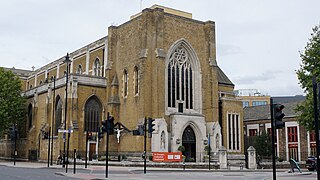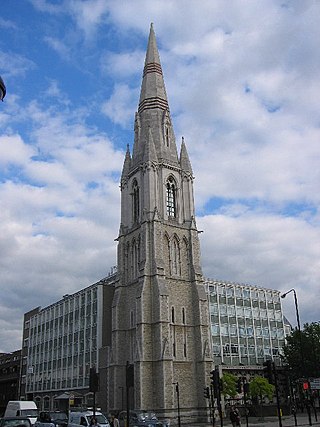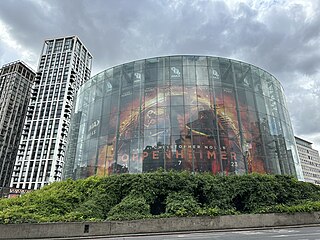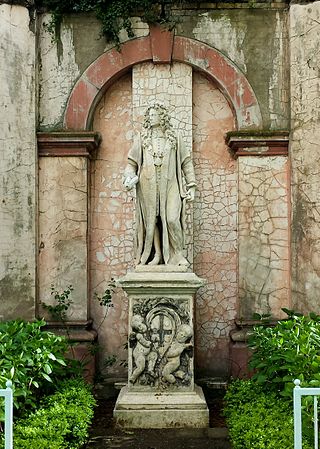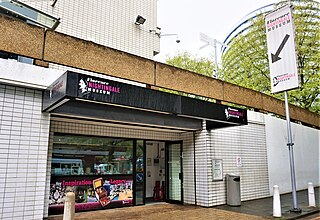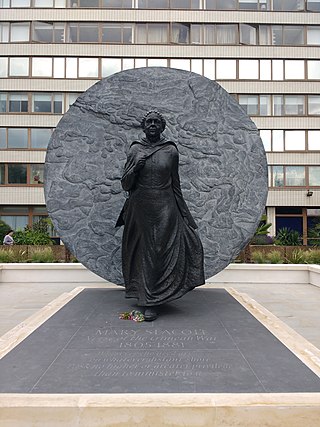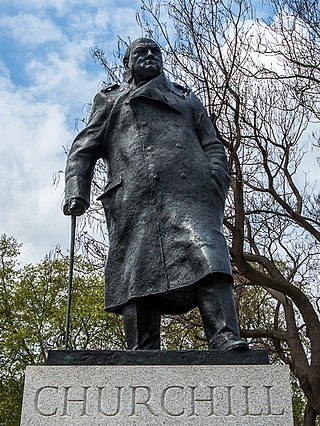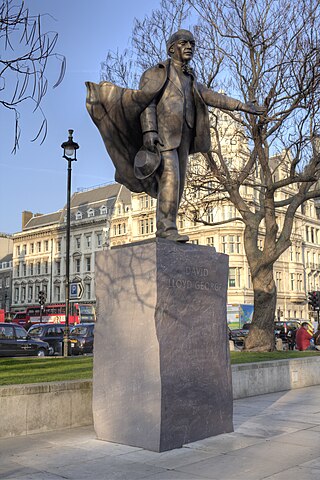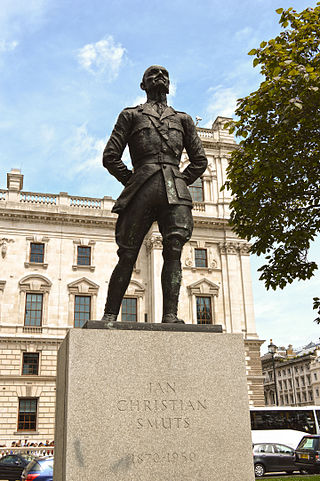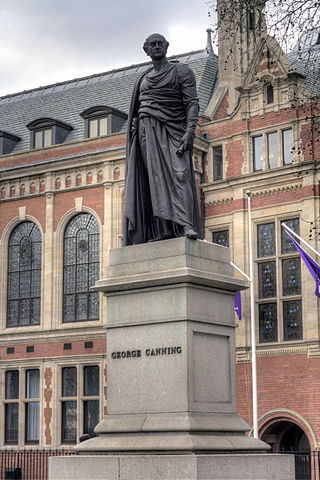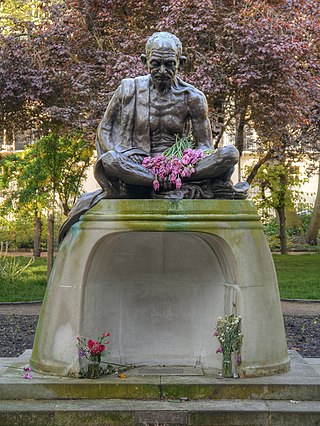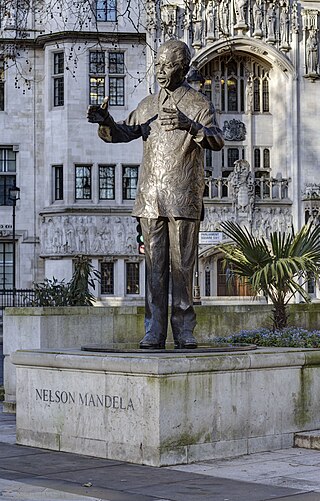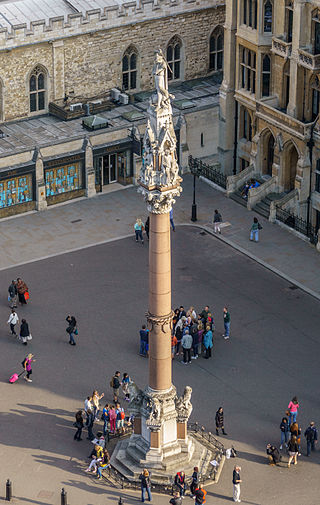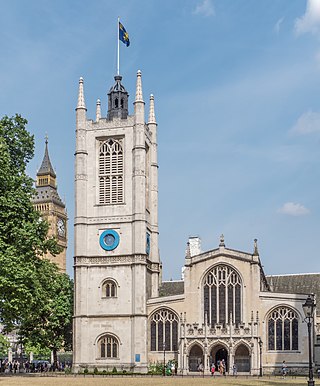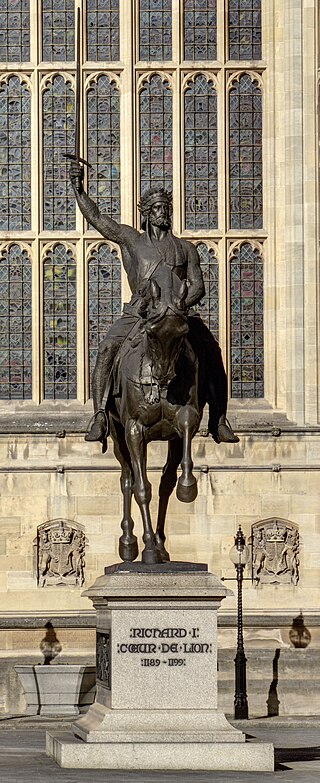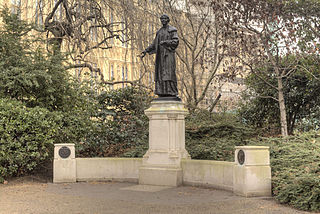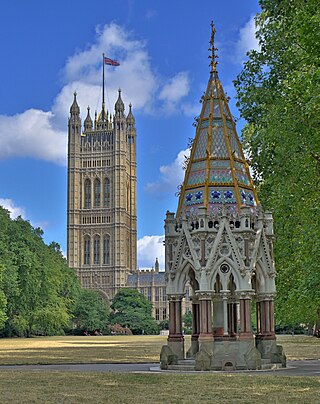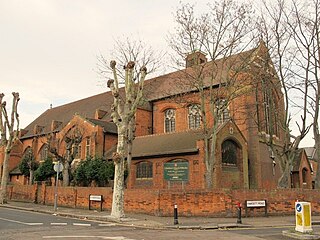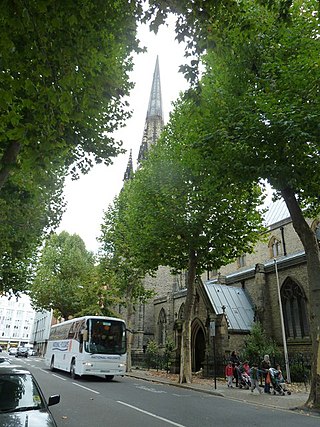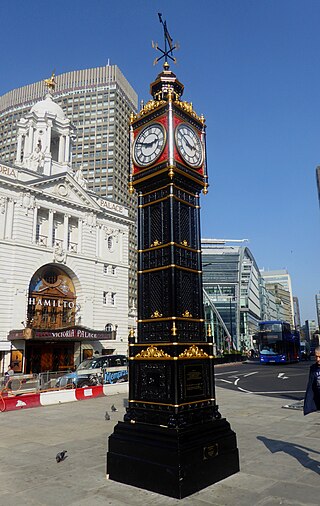Self-guided Sightseeing Tour #7 in London, United Kingdom
Legend
Tour Facts
7.9 km
118 m
Experience London in United Kingdom in a whole new way with our free self-guided sightseeing tour. This site not only offers you practical information and insider tips, but also a rich variety of activities and sights you shouldn't miss. Whether you love art and culture, want to explore historical sites or simply want to experience the vibrant atmosphere of a lively city - you'll find everything you need for your personal adventure here.
Activities in LondonIndividual Sights in LondonSight 1: St George's Circus
St George's Circus is a road junction in Southwark, London, England. At its centre, which is now a traffic roundabout, is an historic obelisk, designed by Robert Mylne (1733–1811), in his role as surveyor and architect of Blackfriars Bridge.
Sight 2: Saint George's Cathedral
The Metropolitan Cathedral Church of St George, usually known as St George's Cathedral, Southwark, is the cathedral of the Roman Catholic Archdiocese of Southwark, south London, and is the seat of the Archbishop of Southwark.
Wikipedia: St George's Cathedral, Southwark (EN), Heritage Website
Sight 3: Christ Church and Upton Chapel
Christ Church, Lambeth, England, was founded by the Rev Dr Christopher Newman Hall in 1876 as a Congregational chapel, on Westminster Bridge Road. It drew its congregation largely from Surrey Chapel.
Sight 4: Leake Street
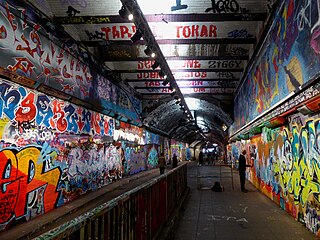
Leake Street is a road tunnel in Lambeth, London where graffiti is legal and promoted despite the fact that it is against UK law on public property. The street is about 300 metres long, runs off York Road and under the platforms and tracks of Waterloo station.
Sight 5: BFI IMAX
The BFI IMAX is an IMAX cinema in the South Bank district of London, just north of Waterloo station. It is owned and operated by the British Film Institute. From 2012 until 2022, it was operated by Odeon Cinemas.
Sight 6: Statue of Robert Clayton
The statue of Robert Clayton stands at the entrance to the North Wing of St Thomas' Hospital, Lambeth, London. The sculptor was Grinling Gibbons, and the statue was executed around 1700–1714. Sir Robert was a banker, politician and Lord Mayor of London. As President of St Thomas', he was responsible for the complete rebuilding of the hospital, and associated church in the late 17th century. The statue was designated a Grade I listed structure in 1979.
Sight 7: The Florence Nightingale Museum
The Florence Nightingale Museum is located at St Thomas' Hospital, which faces the Palace of Westminster across the River Thames in South Bank, central London, England. It is open to the public five days a week, Wednesday to Sunday 10:00am until 5:00pm.
Wikipedia: Florence Nightingale Museum (EN), Website, Opening Hours
Sight 8: Mary Seacole
Get Ticket*The statue of Mary Seacole stands in the grounds of St Thomas' Hospital, Lambeth, London. Sculpted by Martin Jennings, the statue was executed in 2016. It honours Mary Seacole, a British-Jamaican who established a "British Hotel" during the Crimean War and who was posthumously voted first in a poll of "100 Great Black Britons".
Sight 9: South Bank Lion
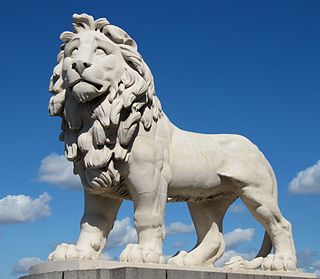
The South Bank Lion is an 1837 sculpture in Central London. Since 1966 it has stood next to County Hall, on the South Bank of the River Thames. It is a significant depiction of a lion, along with the four that surround Nelson's Column in Trafalgar Square just across the river.
Sight 10: Elizabeth Tower

Big Ben is the nickname for the Great Bell of the Great Clock of Westminster, and, by extension, for the clock tower itself, which stands at the north end of the Palace of Westminster in London, England. Originally known simply as the Clock Tower, it was renamed Elizabeth Tower in 2012 to mark the Diamond Jubilee of Elizabeth II. The clock is a striking clock with five bells.
Sight 11: Winston Churchill
The statue of Winston Churchill in Parliament Square, London, is a bronze sculpture of the former British prime minister Winston Churchill, created by Ivor Roberts-Jones.
Wikipedia: Statue of Winston Churchill, Parliament Square (EN)
Sight 12: David Lloyd George
An outdoor bronze sculpture of former British prime minister David Lloyd George by Glynn Williams stands in Parliament Square in London, United Kingdom.
Wikipedia: Statue of David Lloyd George, Parliament Square (EN)
Sight 13: Jan Smuts
A life-size bronze statue of Jan Smuts by the British artist Jacob Epstein stands on the north side of Parliament Square in London, United Kingdom, between a statue of Lord Palmerston and a statue of David Lloyd George.
Sight 14: George Canning
The statue of George Canning in Parliament Square, Westminster, London, is an 1832 work by Sir Richard Westmacott.
Sight 15: Mahatma Gandhi
The statue of Mahatma Gandhi in Parliament Square, Westminster, London, is a work by the sculptor Philip Jackson.
Sight 16: Earl of Derby
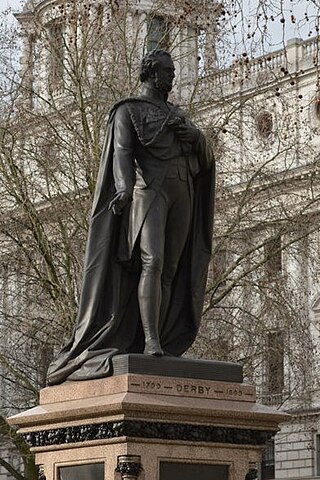
A sculpture of the statesman and three-time Prime Minister of the United Kingdom, Edward Smith-Stanley, 14th Earl of Derby, is located in Parliament Square, London, England. The sculptor was Matthew Noble and the Grade II-listed statue was unveiled on 11 July 1874.
Wikipedia: Statue of the Earl of Derby, Parliament Square (EN)
Sight 17: Millicent Fawcett
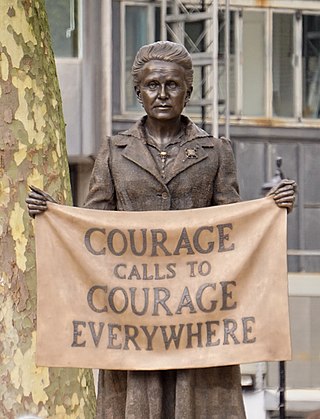
The statue of Millicent Fawcett in Parliament Square, London, honours the British suffragist leader and social campaigner Dame Millicent Fawcett. It was made in 2018 by Gillian Wearing. Following a campaign and petition by the activist Caroline Criado Perez, the statue's creation was endorsed by both the Prime Minister of the United Kingdom, Theresa May, and the Mayor of London, Sadiq Khan. The statue, Parliament Square's first monument to a woman and also its first sculpture by a woman, was funded through the government's Centenary Fund, which marks 100 years since some women won the right to vote. The memorial was unveiled on 24 April 2018.
Sight 18: Nelson Mandela
Nelson Mandela is a bronze sculpture in Parliament Square, London, of former President of South Africa and anti-apartheid activist Nelson Mandela. Originally proposed to Mandela by Donald Woods in 2001, a fund was set up and led by Woods's wife and Richard Attenborough after the death of Woods. The then Mayor of London Ken Livingstone obtained permission from Westminster City Council to locate the statue on the north terrace of Trafalgar Square, but after an appeal it was located in Parliament Square instead where it was unveiled on 29 August 2007.
Sight 19: Westminster Scholars War Memorial
The Westminster Scholars War Memorial, also known as the Crimea and Indian Mutiny Memorial, is an 1861 memorial in London. It commemorates 19 former pupils of Westminster School who died in two wars: ten in the Crimean War of 1854–56, and nine in the Indian Mutiny of 1857–58. It was designed in High Victorian Gothic style by George Gilbert Scott, who was Surveyor of the Fabric of Westminster Abbey from 1849 to 1878.
Sight 20: St Margaret's Church
The Church of St Margaret, Westminster Abbey is in the grounds of Westminster Abbey on Parliament Square, London, England. It is dedicated to Margaret of Antioch, and forms part of a single World Heritage Site with the Palace of Westminster and Westminster Abbey.
Sight 21: Richard the Lionheart
Richard Coeur de Lion is a Grade II listed equestrian statue of the 12th-century English monarch Richard I, also known as Richard the Lionheart, who reigned from 1189 to 1199. It stands on a granite pedestal in Old Palace Yard outside the Palace of Westminster in London, facing south towards the entrance to the House of Lords. It was created by Baron Carlo Marochetti, an Italian sculptor whose works were popular with European royalty and the nobility, though often less well regarded by critics and the artistic establishment. The statue was first produced in clay and displayed at The Great Exhibition in 1851, where it was located outside the west entrance to the Crystal Palace. It was well received at the time and two years later Queen Victoria and Prince Albert headed a list of illustrious subscribers to a fund that aimed to raise money for the casting of the statue in bronze.
Sight 22: Emmeline and Christabel Pankhurst Memorial
The Emmeline and Christabel Pankhurst Memorial is a memorial in London to Emmeline Pankhurst and her daughter Christabel, two of the foremost British suffragettes. It stands at the entrance to Victoria Tower Gardens, south of Victoria Tower at the southwest corner of the Palace of Westminster. Its main feature is a bronze statue of Emmeline Pankhurst by Arthur George Walker, unveiled in 1930. In 1958 the statue was relocated to its current site and the bronze reliefs commemorating Christabel Pankhurst were added.
Sight 23: Victoria Tower Gardens
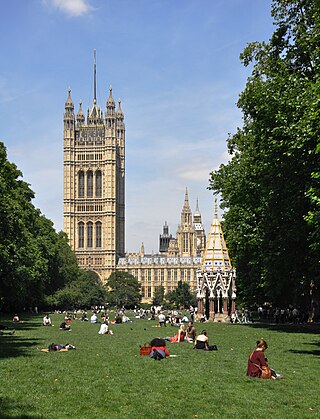
Victoria Tower Gardens is a public park along the north bank of the River Thames in London, adjacent to the Victoria Tower, at the south-western corner of the Palace of Westminster. The park, extends southwards from the Palace to Lambeth Bridge, between Millbank and the river. It forms part of the Thames Embankment.
Sight 24: Buxton Memorial Fountain
The Buxton Memorial Fountain is a memorial and drinking fountain in London, the United Kingdom, that commemorates the emancipation of slaves in the British Empire in 1834, and in particular, the role of British parliamentarians in the abolition campaign.
Sight 25: Dean's Yard
Dean's Yard, Westminster, comprises most of the remaining precincts of the historically greater scope of the monastery or abbey of Westminster, not occupied by its buildings. It is known to members of Westminster School as Green. It is a large gated quadrangle, closed to public traffic, chiefly a green upon which the pupils have the long-use acquired exclusive rights to sit, read and to play games such as football. For some centuries until a point in the early seventeenth century it was a third of its present size, since to the south stood the Queen's Scholars' dormitory, which was in monastic times the granary. Its stones support Church House.Adjoining buildingsEast: school buildings South: Church House, a conference centre and offices of the Church of England West: school buildings and Westminster Abbey Choir School North: flanking archway to the Great Sanctuary: Abbey offices and part of the Deanery.
Sight 26: St Matthew's Church
St Matthew's Church, Westminster, is an Anglican church in Westminster, London. Located in the heart of the capital, close to the Houses of Parliament, Westminster Abbey and Church House, St Matthew's has been closely associated with the recovery of the Catholic heritage of the Church of England from its early days. One of the foremost leaders of that movement, Frank Weston, Bishop of Zanzibar, served at St Matthew's from 1896–1898.
Wikipedia: St Matthew's Church, Westminster (EN), Website, Heritage Website
Sight 27: St Stephen
The Church of St Stephen in Rochester Row, London, is a grade II* listed building.
Wikipedia: St Stephen's Church, Rochester Row (EN), Website, Heritage Website
Sight 28: Little Ben
Little Ben is a cast iron miniature clock tower, situated at the intersection of Vauxhall Bridge Road and Victoria Street, in Westminster, central London, close to the approach to Victoria station. In design it mimics the famous clock tower colloquially known as Big Ben at the Palace of Westminster, found at the other end of Victoria Street.
Share
How likely are you to recommend us?
Disclaimer Please be aware of your surroundings and do not enter private property. We are not liable for any damages that occur during the tours.
GPX-Download For navigation apps and GPS devices you can download the tour as a GPX file.
